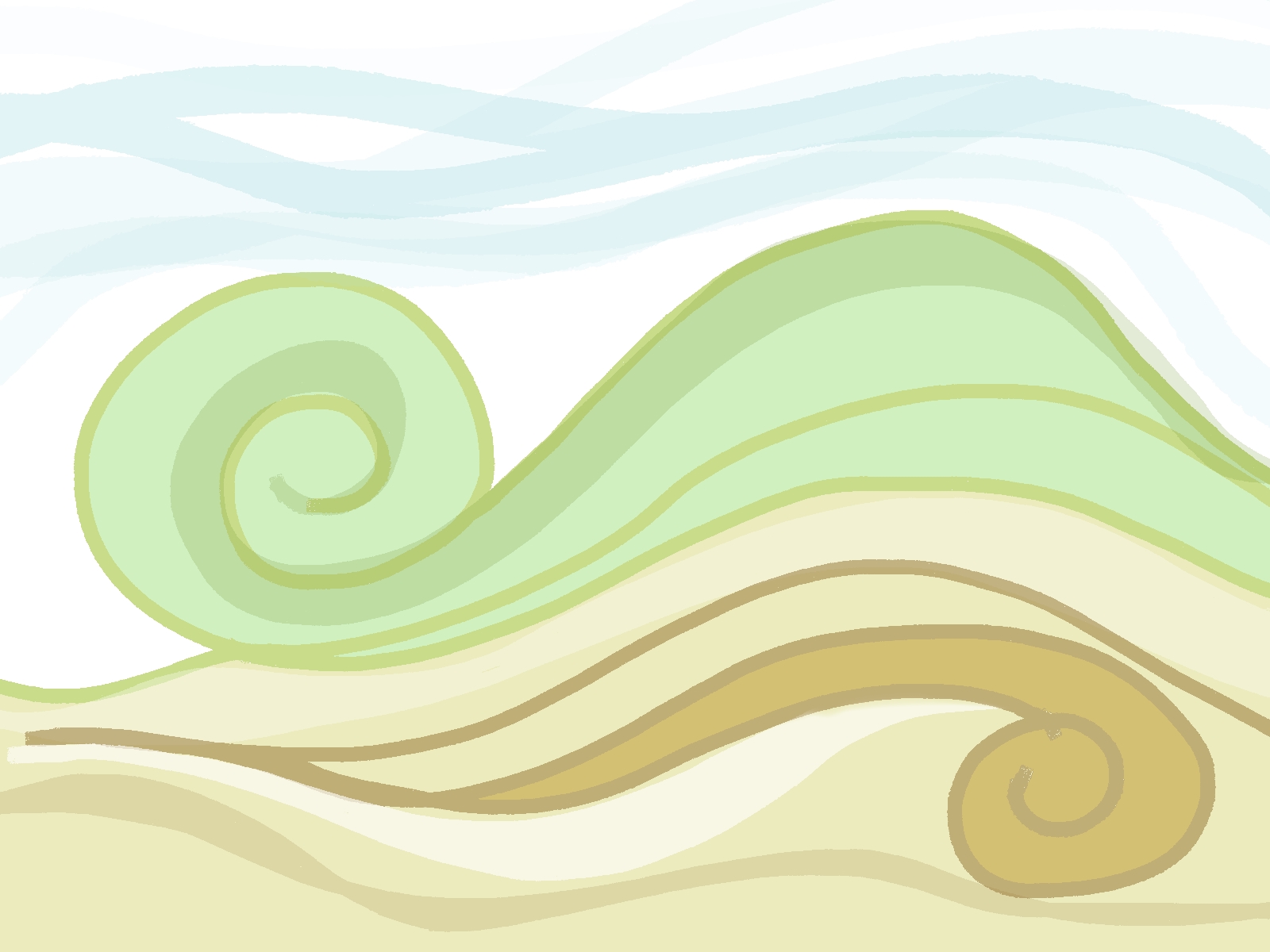In the mid of December, I attended the annual meeting of the international polymer processing society held in Mexico. Honestly speaking, I am not quite keen about this society meeting, but this time I was the organizer of polymer rheology session. As the organizer, I must be at the conference room, at least during my session. For such a task, I booked the flight and the hotel earlier and kept my schedule during the conference. However, the other organizers (we have 3 professors for the session including myself) did not come, and even the keynote lecturers did not come either! I was suggested by the other organizers to deliver a keynote lecture. But I declined the offer as I am the organizer, and I recommend the other person. But this guy did not come… There are several cancelled talks as well, and the attendee seemed escaping from the conference room to the beach. Indeed, it was a great place, as seen in the photo below.

Even in such a chaotic conference, in general, Japanese professors are sobriety. They did not skip their own talks (of course) and stayed in the room for discussion. The photo below is the situation at the conference dinner. They all are busy professors and it is rather difficult to catch them in Japan. It was a great chance to chat with them about various topics including small talks for the situation in each university. It would be also somewhat funny to see Japanese professors tend to attend the talks by the other Japanese professors. The situation might be a sought of roll-call ;-> Nevertheless, because they often deliver review talks for their recent results in international conferences, it is a good chance to catch up the situation.

Concerning the topic in the title, I found an interesting article from Tokyo Metropolitan here. When a liquid is placed between two parallel plates with different temperatures, vortex formation induced by the thermal convection is observed. In this specific study, they observed such pattern formations for various liquids. To me, very interesting one is the mixture of two silicon oils with different viscosity. As the chemistry is identical, the liquids seem miscible, and the viscosity becomes just in between the viscosities for the original liquids. Then, intuitively the pattern would be just according to the viscosity. However, they found that the pattern formation is affected further complicated manner by the mixing.
